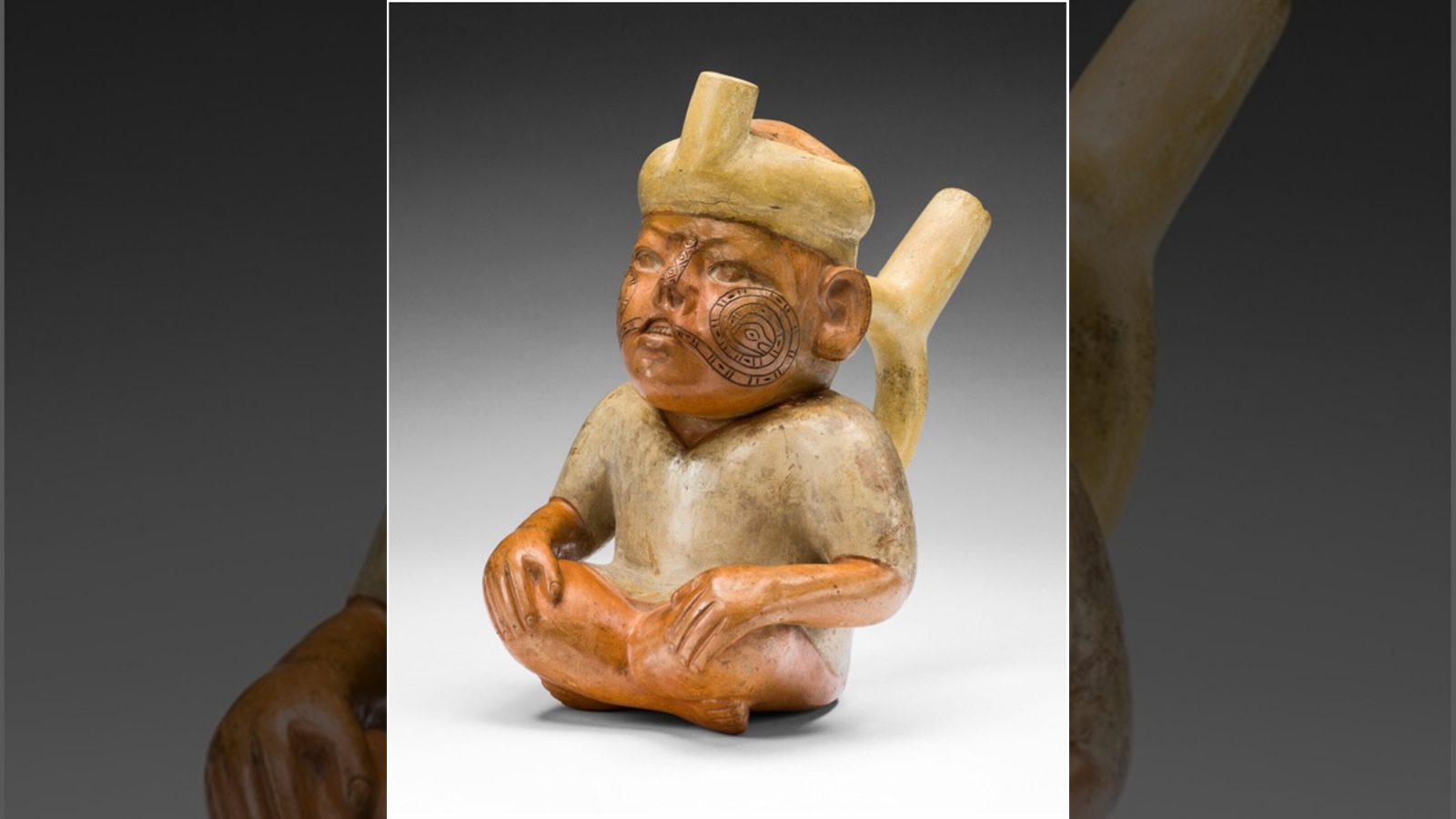Creepy, Crawly & Incredible: Photos of Spiders
Orb Weaver Spider
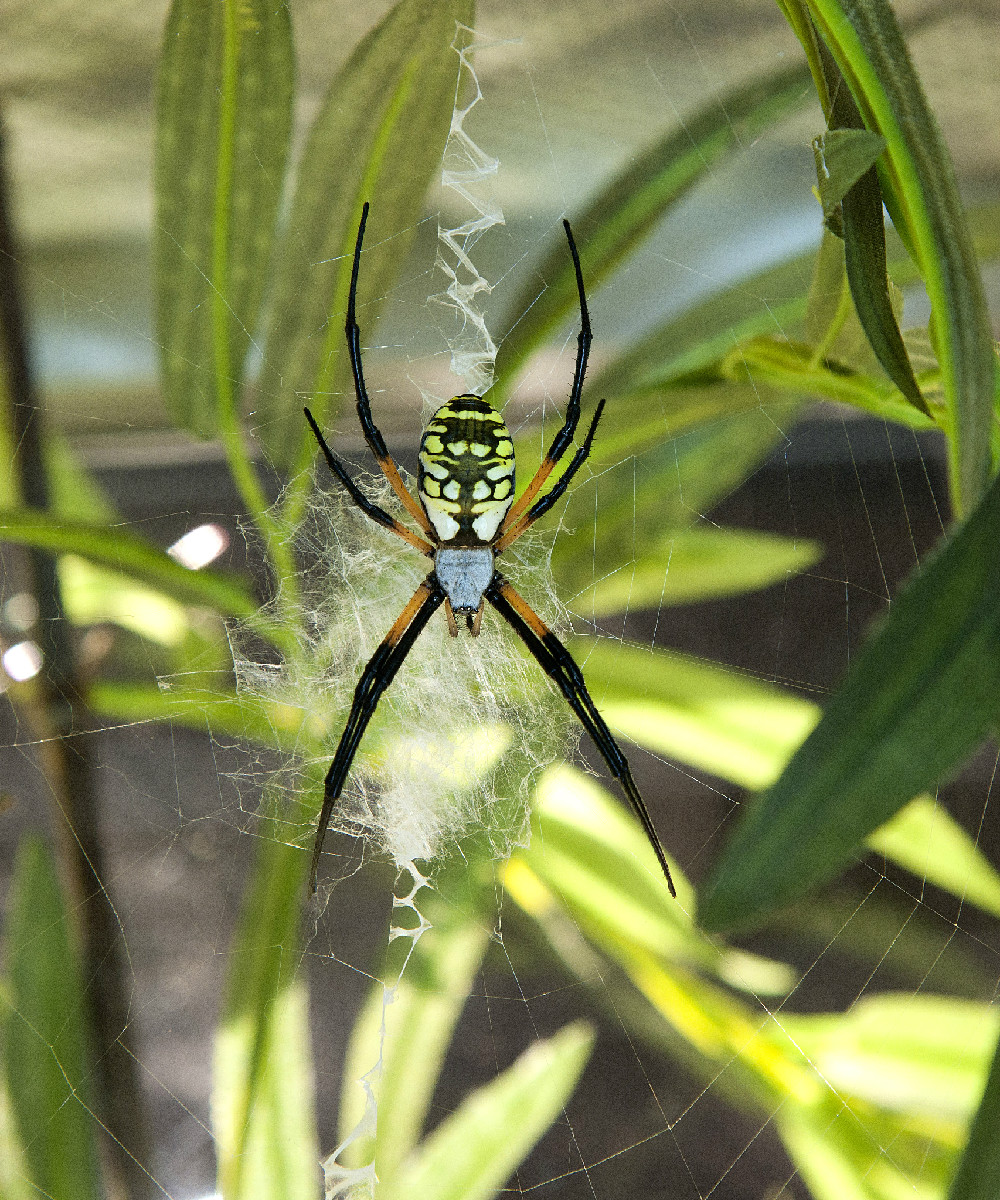
An orb weaver Argiope sp. Members of this genus are found all around the world and spin large webs that often contain striking designs. Charlotte’s Web author E.B. White, who consulted with an American Museum of Natural History curator while writing the classic children’s book, named the main character Charlotte A. Cavatica after a common orb weaver, Araneus cavaticus.
Funnel-Web Wolf Spider

A funnel-web wolf spider, Sosippus californicus. This spider spins a sheet-like web attached to a narrow tube, or funnel. Sitting at the mouth of the tube, the spider waits to strike after feeling vibrations of prey crossing the web.
Related: World's deadliest spiders a toxic myth?
Souther House Spider
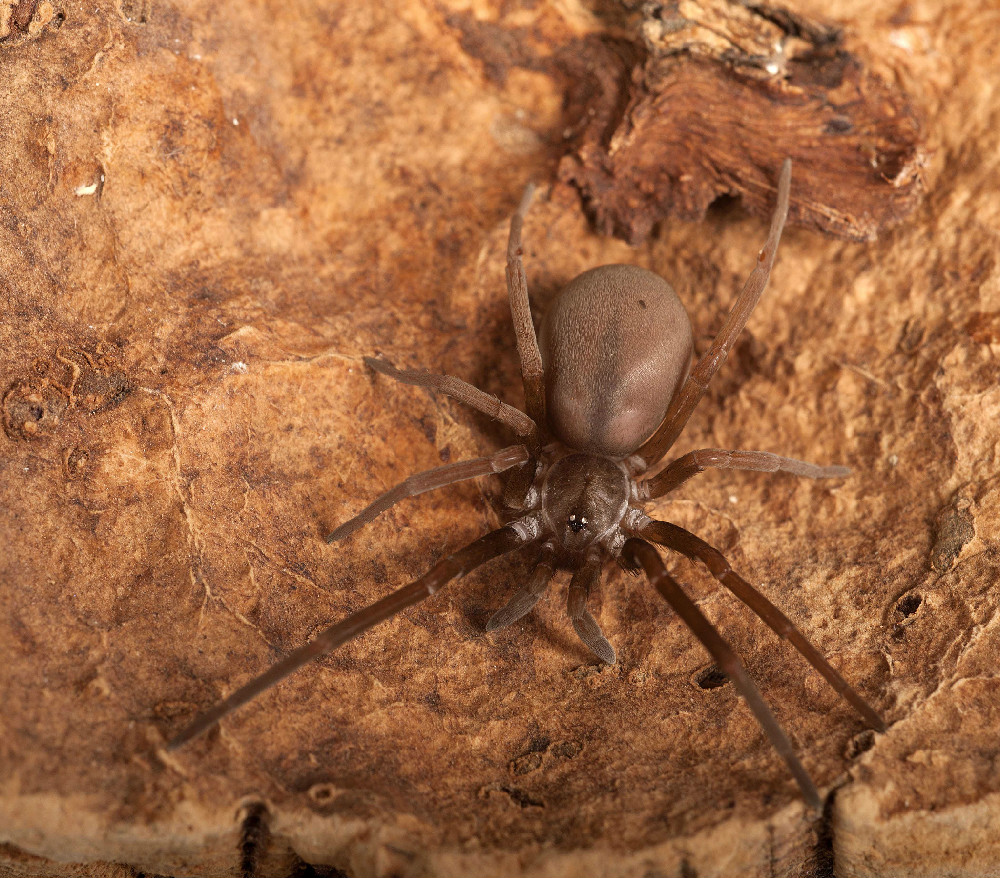
A southern house spider, Kukulcania hibernalis. The large charcoal-colored females make flat, tangled webs in dark corners and under overhangs and shutters to catch insects.
Goblin Spider Claw
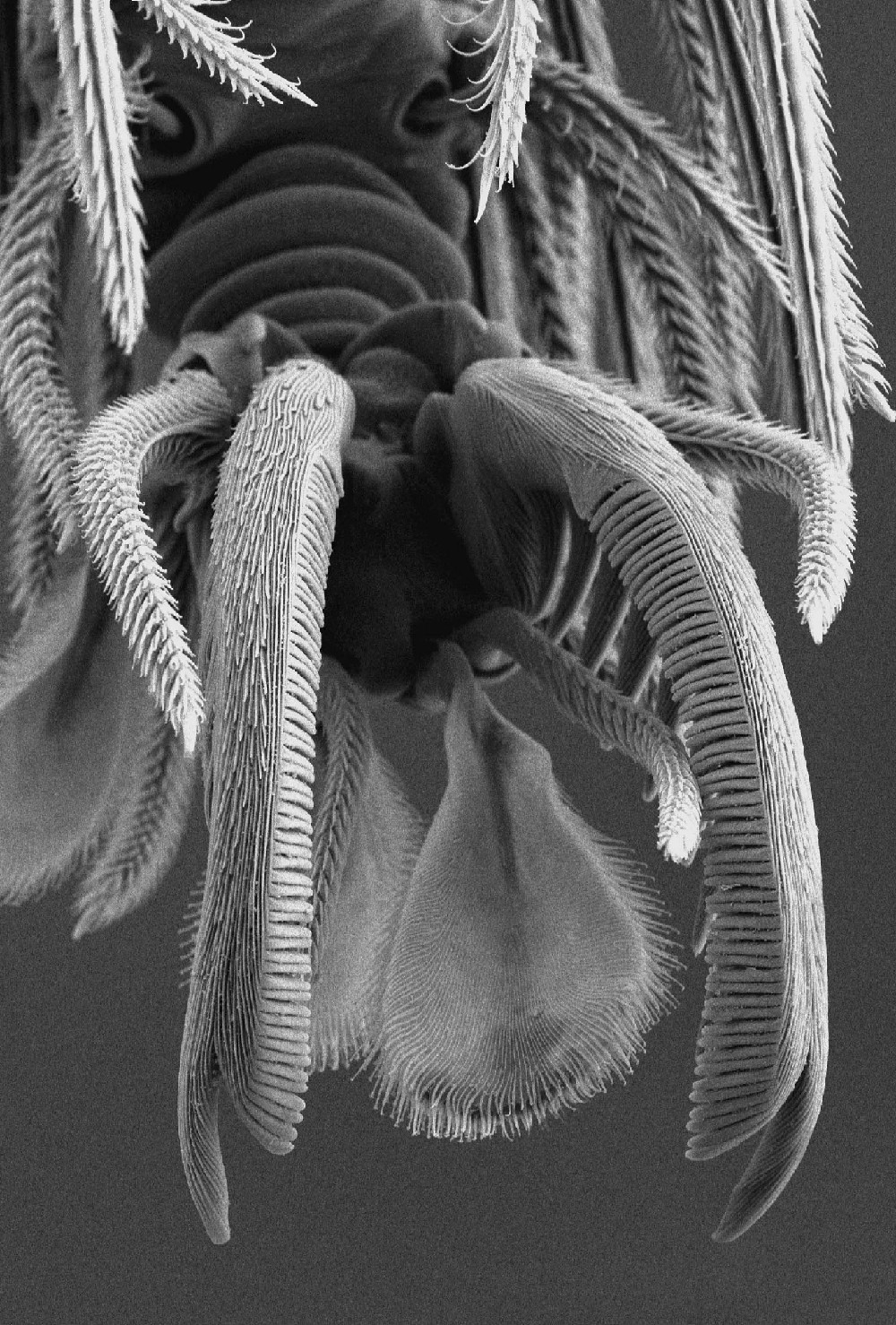
Nadine Dupérré, a scientific assistant in the American Museum of Natural History’s Division of Invertebrate Zoology, uses a scanning electron microscope to view goblin spiders in minute detail. This detailed study allowed Museum Curator Emeritus Norman Platnick and Dupérré to define two new genera, or groups, of spiders: Niarchos and Scaphios.
An Indian Ornamental Spider
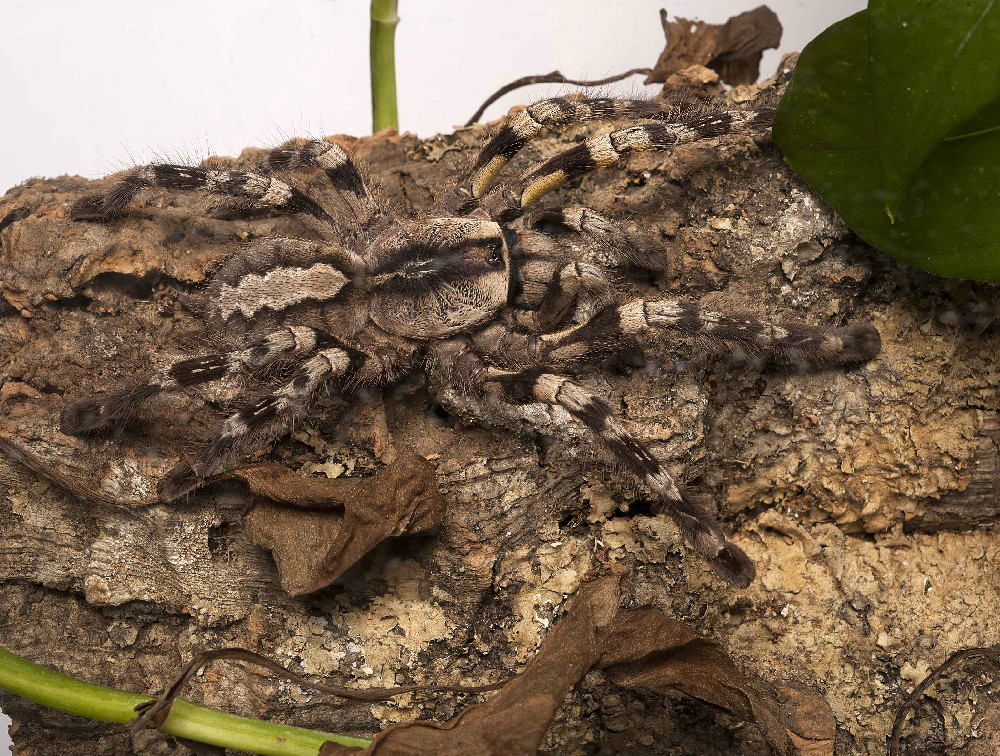
An Indian ornamental tarantuala, Poecilotheria regalis.
Get the world’s most fascinating discoveries delivered straight to your inbox.



